Pressure sensor is a precision measuring instrument widely used in industrial automation, aerospace, medical equipment and other fields. Its core function is to convert pressure signals into measurable electrical signals. In the design of numerous pressure sensors, quartz rods play an irreplaceable role as a key component.
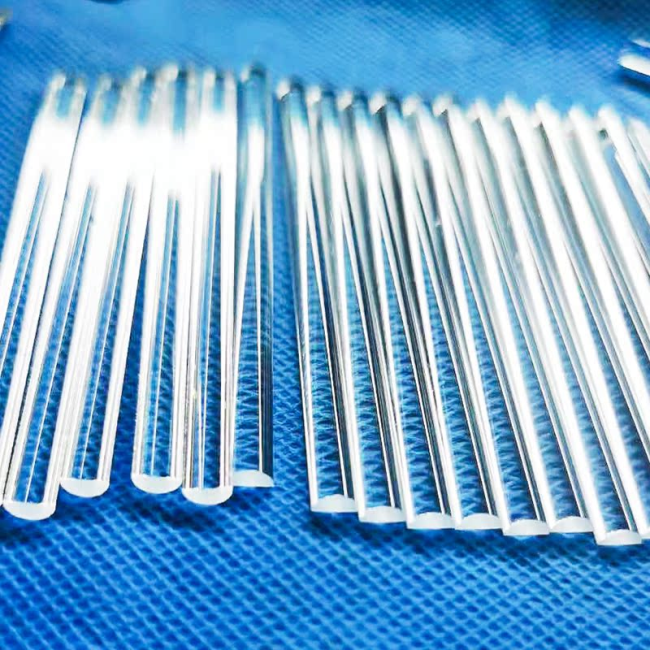
Characteristics of Quartz Rod
Quartz (SiO ₂) is a mineral with unique physical and chemical properties, and its single crystal form (i.e. quartz crystal) exhibits the following significant characteristics:
1. Piezoelectric effect: Quartz crystals have significant piezoelectric effects, which generate charges when subjected to mechanical stress, and mechanical deformation when an electric field is applied. This bidirectional energy conversion characteristic makes it an ideal material for sensors and actuators.
2. High elastic modulus: The elastic modulus of quartz is as high as 70-100 GPa, which means it undergoes minimal deformation under stress and can provide extremely high measurement accuracy and stability.
3. Temperature stability: The physical properties of quartz remain stable over a wide temperature range, with an extremely low coefficient of thermal expansion (about 0.55 × 10 ⁻⁶/℃), which enables quartz based sensors to maintain performance under extreme temperature conditions.
4. Chemical inertness: Quartz has excellent corrosion resistance to most chemicals and is suitable for harsh industrial environments.
5. High Q value: The mechanical quality factor (Q value) of quartz is extremely high, usually between 10 ⁴ -10 ⁶, which means that its vibration energy loss is extremely low and it can produce very sharp resonance frequencies.
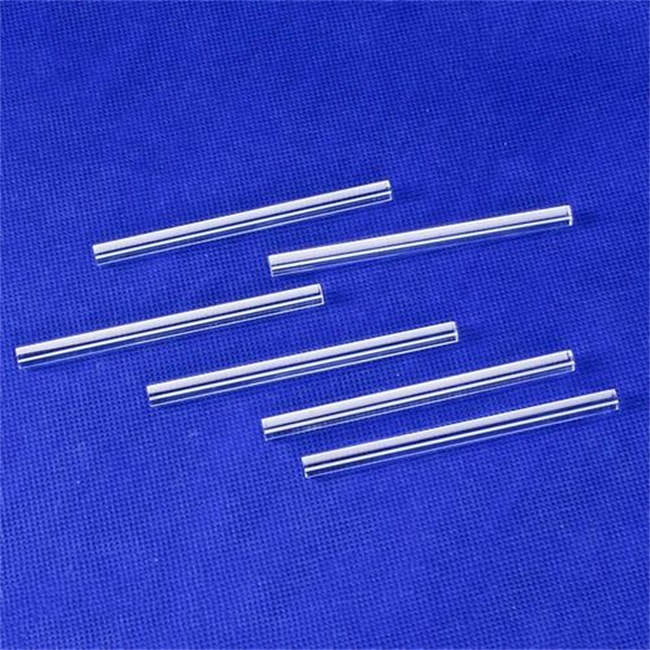
The specific role of quartz rod in pressure sensors
1. As a pressure-sensitive component
In resonant pressure sensors, quartz rods are typically designed in the form of resonators, whose natural frequency varies with the applied pressure. When pressure is applied to quartz rod, it causes changes in its mechanical stress, which in turn alters its resonant frequency. By accurately measuring changes in frequency, the magnitude of applied pressure can be determined with high precision.
This design utilizes the piezoelectric effect and resonant characteristics of quartz, achieving an accuracy of up to 0.01% FS (full scale), far higher than many other types of pressure sensors.
2. Provide stable frequency reference
The high Q value characteristic of quartz rods enables them to generate extremely stable oscillation frequencies. In pressure sensors, this stable frequency output can serve as a reliable measurement reference, unaffected by external factors such as power fluctuations and electromagnetic interference.
For example, in quartz resonant pressure sensor (QRS), the quartz rod is designed in a specific geometric shape (such as a fork shaped, beam shaped, or cylindrical shape), and its resonant frequency is linearly related to the applied pressure. This design can provide extremely high long-term stability and repeatability.
3. Implement temperature compensation
Although quartz itself has excellent temperature stability, small temperature changes may still affect measurement results in high-precision applications. Through clever design, quartz rods can serve as both pressure sensitive components and temperature sensors.
Due to the fact that the resonant frequency of quartz is not only affected by pressure, but also by temperature, by measuring the frequency changes of two different vibration modes (such as fundamental frequency and overtone), pressure and temperature can be simultaneously calculated, achieving self compensation function. This design eliminates the need for external temperature sensors and simplifies the system structure.
4. Enhance the anti-interference ability of sensors
The piezoelectric effect of quartz rods enables them to directly convert mechanical signals into electrical signals without the need for an external power source, making them less susceptible to electromagnetic interference. In addition, the high mechanical Q value of quartz means that its resonant frequency is very sharp, which can effectively distinguish between real signals and noise.
In industrial environments, this anti-interference ability is particularly important to ensure that sensors can still operate reliably under harsh conditions such as strong electromagnetic fields and vibrations.
5. Achieve miniaturization and integration
Modern microfabrication techniques such as photolithography, etching, etc. can accurately process small-sized quartz structures, enabling miniaturization of pressure sensors based on quartz rods. This type of microsensor can be integrated into various small devices, such as implantable medical devices, micro robots, etc.
For example, quartz resonators with a diameter of only a few millimeters can be integrated into catheters for real-time monitoring of intravascular pressure.
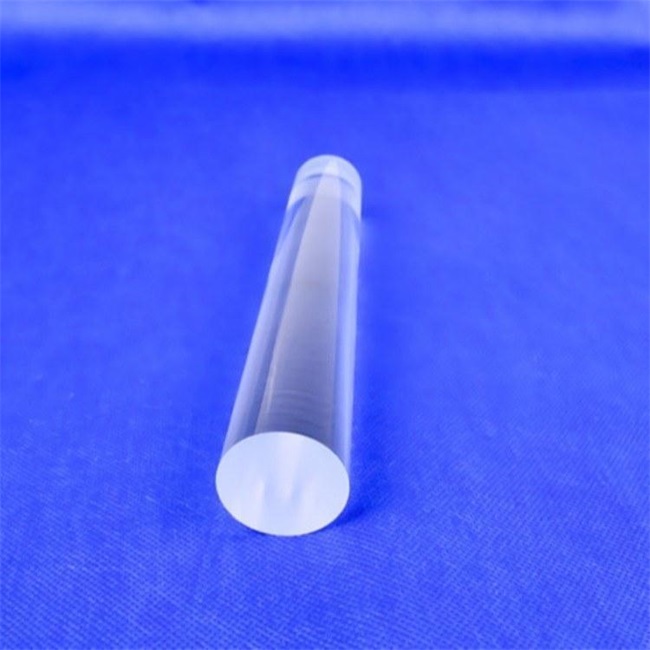
Typical Applications of Quartz Rod Pressure Sensors
1. Aerospace: Used for aircraft atmospheric data systems, engine pressure monitoring, etc., requiring high precision and reliability.
2. Industrial process control: Monitor the pressure inside pipelines and containers in industries such as chemical and petroleum.
3. Medical equipment, such as blood pressure monitoring and intracranial pressure measurement, requires miniaturization and biocompatibility.
4. Environmental monitoring: used for precise monitoring of environmental parameters such as atmospheric pressure and water depth measurement.
5. Scientific research: used as a pressure standard in the laboratory or for high-pressure physics research.
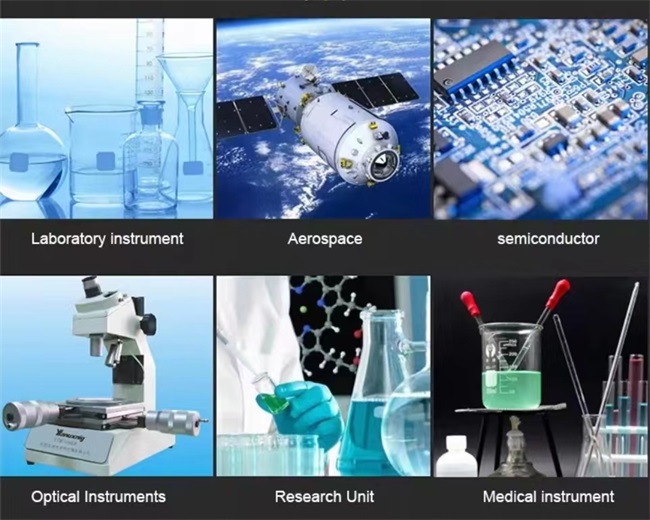
Quartz rods play multiple key roles in pressure sensors: as pressure sensitive components, they achieve high-precision measurement, provide stable frequency reference, achieve temperature self compensation, enhance anti-interference ability, and support miniaturization design. These characteristics make quartz rod based pressure sensors the preferred solution for high-precision and high stability applications.
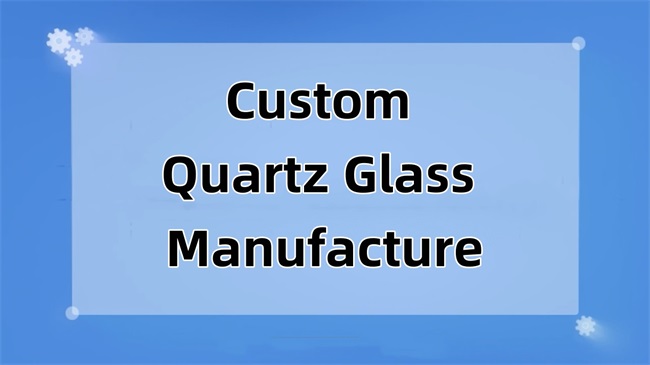
Luverre Quartz manufactures and sells a wide range of high quality quartz glass, including quartz tubes, quartz plates, quartz rods, quartz windows, quartz crucibles, quartz boats, quartz flanges, quartz beakers, quartz glass instruments, and more. We can meet all kinds of customized requirements for quartz glass products.
Comments on “What is the role of quartz rod in pressure sensors”